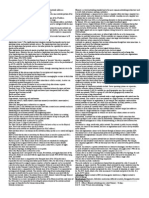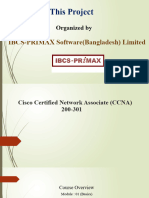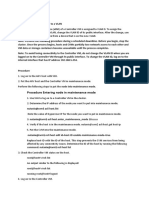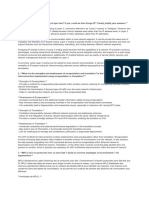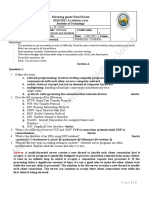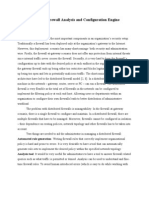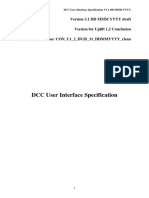0% found this document useful (0 votes)
7 views13 pagesNetworking Notes!!!! (AutoRecovered)
The document provides an overview of networking concepts, including the OSI model, networking devices, protocols, and cloud computing. It explains key terms such as routers, switches, firewalls, and server hosting types, along with details on IP addressing, subnetting, and network architecture. Additionally, it covers technologies like Power over Ethernet (PoE) and satellite networking, emphasizing their roles in modern networking environments.
Uploaded by
SandiswaCopyright
© © All Rights Reserved
We take content rights seriously. If you suspect this is your content, claim it here.
Available Formats
Download as DOCX, PDF, TXT or read online on Scribd
0% found this document useful (0 votes)
7 views13 pagesNetworking Notes!!!! (AutoRecovered)
The document provides an overview of networking concepts, including the OSI model, networking devices, protocols, and cloud computing. It explains key terms such as routers, switches, firewalls, and server hosting types, along with details on IP addressing, subnetting, and network architecture. Additionally, it covers technologies like Power over Ethernet (PoE) and satellite networking, emphasizing their roles in modern networking environments.
Uploaded by
SandiswaCopyright
© © All Rights Reserved
We take content rights seriously. If you suspect this is your content, claim it here.
Available Formats
Download as DOCX, PDF, TXT or read online on Scribd
/ 13













